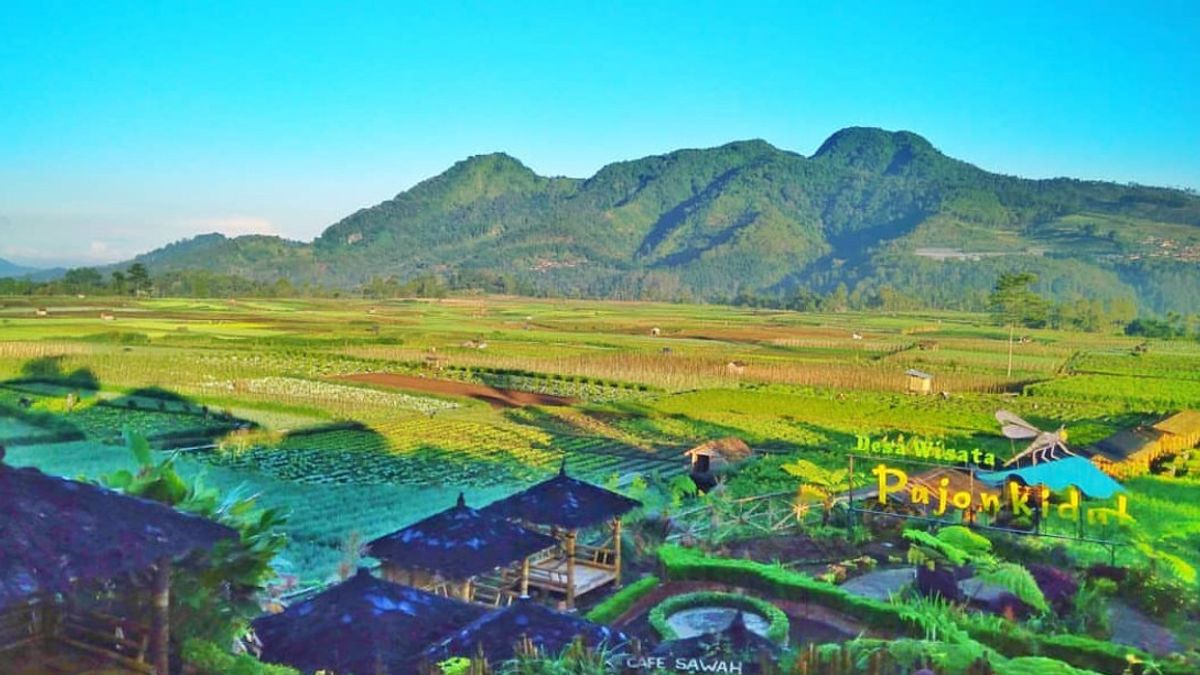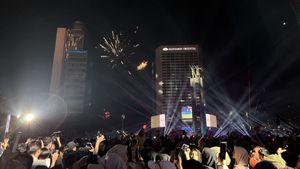JAKARTA - The tourist village is a form of community-based tourism that prioritizes sustainable tourism, so it is considered capable of reducing the bad effects of large numbers of tourist arrivals.
A tourist village is a concept that emphasizes the importance of maintaining a balance between the development of tourism and the preservation of nature and local culture. Sustainable tourism is tourism that pays attention to environmental, social, cultural and economic impacts for the present and future.
The Ministry of Tourism and Creative Economy (Kemenparekraf) applies guidelines in the development of sustainable tourist destinations consisting of 4 categories. Among them are the management of sustainable tourism destinations, economic utilization for local communities, cultural preservation for the community and visitors, as well as environmental conservation.
Here are 5 Indonesian tourist villages that carry the concept of sustainable tourism, as reported by the Kemenparekraf website.
Tourists can enjoy various outbound facilities such as playing paintingball, ATV, and trails. Visitors can walk through plantations and agriculture with ATV for 10 rounds, or explore villages with a trail of 7 rounds for one rental.
Not only photos and cafe spots, Pujon Kidul Tourism Village offers education about the world of livestock and agriculture. This village is known as a dairy cow milk producer and has plants such as tomatoes, chilies, and herbal plants.
Being at the foot of Mount Merapi, An Important Village combines a green natural landscape with a cultural heritage that is maintained, making it the right destination for educational tourism and ecotourism.
The residents of important tourism villages do their daily lives, such as hijacking rice fields, planting rice, catching fish, and learning to make tempeh we can try to do in importantari villages. Visitors can participate in various cultural activities, such as making handicrafts, learning to dance Java, or participating in gamelans.
SEE ALSO:
The most iconic tourist attractions from Kete Kesu Village are traditional solo signs ceremonies, and graves on rock cliffs that are estimated to be 500 years old. There are several graves that are considered modern, namely tombs that use buildings such as houses and there are photos of family members who have been buried in them.
In addition to traditional tombs, tourists can also see Toraja's traditional house, Tongkonan with tall buffalo horns towering and there is a barn across from it. If you are visiting Kete Kesu, don't forget to buy the available hands at the MSME center along the way to the traditional tomb.
When surrounding this village, it is prohibited to use motorized vehicles. This is done to protect the environment of Penglipuran Village so that it is free from pollution. You are prohibited from littering. In Penglipuran Village, a trash can is provided every 30 meters.
This traditional village still upholds the noble values of the ancestors. This village was built with the Tri Mandala Concept, where village spatial planning was divided into three regions, namely Main Mandala, Madya Mandala, and Nista Mandala.
Located in Situbondo Regency, Blekok Village is unique because it not only has a function as a tourist village, but also a mangrove or mangrove conservation area. This is a special attraction for those who visit the Kampung Blekok Tourism Village are water birds in conservation areas.
Blekok Village Tourism Village is also known for its community handicrafts. Starting from making musical instruments using waste raw materials, odheng or a typical Situbondo head covering, as well as wood crafts and shells. All handicrafts are not only witnessed by the manufacture, but you can also bring home and collectibles.
The English, Chinese, Japanese, Arabic, and French versions are automatically generated by the AI. So there may still be inaccuracies in translating, please always see Indonesian as our main language. (system supported by DigitalSiber.id)











